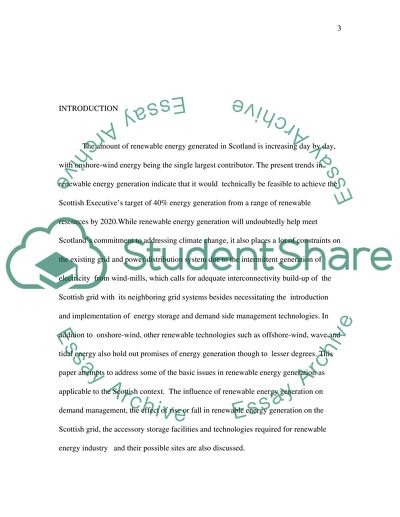Cite this document
(“Renewable Energy Generation in Scotland Assignment”, n.d.)
Retrieved from https://studentshare.org/family-consumer-science/1408306-renewable-energy-generation-in-scotland-what-is
Retrieved from https://studentshare.org/family-consumer-science/1408306-renewable-energy-generation-in-scotland-what-is
(Renewable Energy Generation in Scotland Assignment)
https://studentshare.org/family-consumer-science/1408306-renewable-energy-generation-in-scotland-what-is.
https://studentshare.org/family-consumer-science/1408306-renewable-energy-generation-in-scotland-what-is.
“Renewable Energy Generation in Scotland Assignment”, n.d. https://studentshare.org/family-consumer-science/1408306-renewable-energy-generation-in-scotland-what-is.


